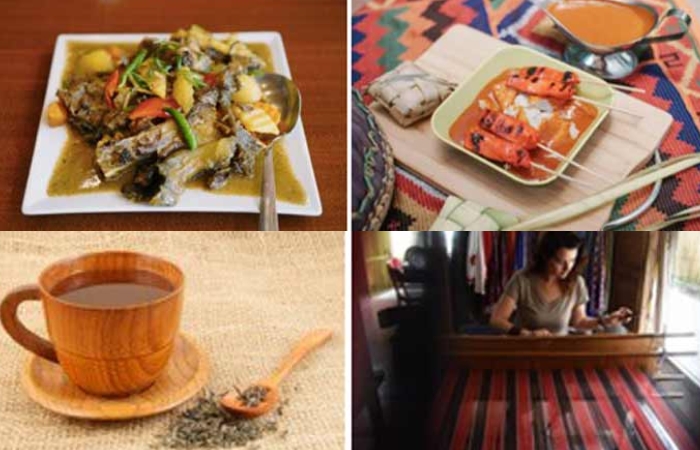Part of the charm of Filipino hospitality is making sure that visitors have their fill of the best food that their home can offer. The first thing a Filipino will ask their guest is, “have you eaten?” Wherever you go in the country, the dishes offered will vary since each region has something unique to offer.
The Philippines Department of Tourism (PDOT) highlights the country’s food traditions through different programs that encourage new dining discoveries. Launched in July 2021, the Halal Culinary Heritage Series showcases food in Mindanao through a video series posted on the DOT’s social media platforms.
“Food is a vital part of a tourism experience. It gives us a glimpse of a place’s culture and heritage. Through the development of Halal Culinary Tourism, we encourage the culinary Muslim traditions in the Philippines,” says Tourism Secretary Berna Romulo Puyat.
The Mindanao Halal Culinary Tourism is a project of the Brunei Darussalam–Indonesia–Malaysia–Philippines East ASEAN Growth Area (BIMP-EAGA). Besides promoting the heritage of Mindanao and its culture, the project aims to document culinary practices of the region through food mapping.
Halal-certified food
Halal food takes on many forms throughout the Philippines. In Manila, there are restaurants and eateries that offer Halal-certified food, ranging from the stalls located at the area known as Muslim Town near the Golden Mosque in Quiapo. It offers several culinary delights. For Halal-certified Filipino fare in the Makati district, the El Prado dining outlet of Berjaya Hotel Makati is the best bet for travellers.
Eat like a local
It is not an understatement that Filipinos love to eat. Travellers to get a Filipino picnic feel should pack a coffee break in a handcrafted rattan box, filled with Filipino mementos.
Set the mood with a handwoven Inabel table rug and serve Barako coffee from Batangas, known for its strong flavour and fragrance. Barako is Filipino is a male wild boar. Benguet coffee comes from a single-origin Arabica varietal that grows in the highlands of the Cordilleras. The Robusta coffee harvested from Cavite, Bulacan, and Mindoro has a high caffeine content, which is sweetened with Muscovado sugar from Negro plantations.
Culinary heritage
There are more food discoveries to be found in the Philippines, with a culinary heritage that has been passed down from generations. While there are new dishes that have evolved from the basic recipes through the years, the flavours are rich and exciting.
The PDOT has launched its #MoreFunAwaits campaign to showcase its preparations for the eventual resumption of international travel with a priority on health, hygiene, and safety.
To learn more about the Philippines’, visit http://www.morefunawaits.com/ or download the Travel Philippines app at Google Play Store and Apple App Store.
 TravTalk Middle East Online Magazine
TravTalk Middle East Online Magazine






